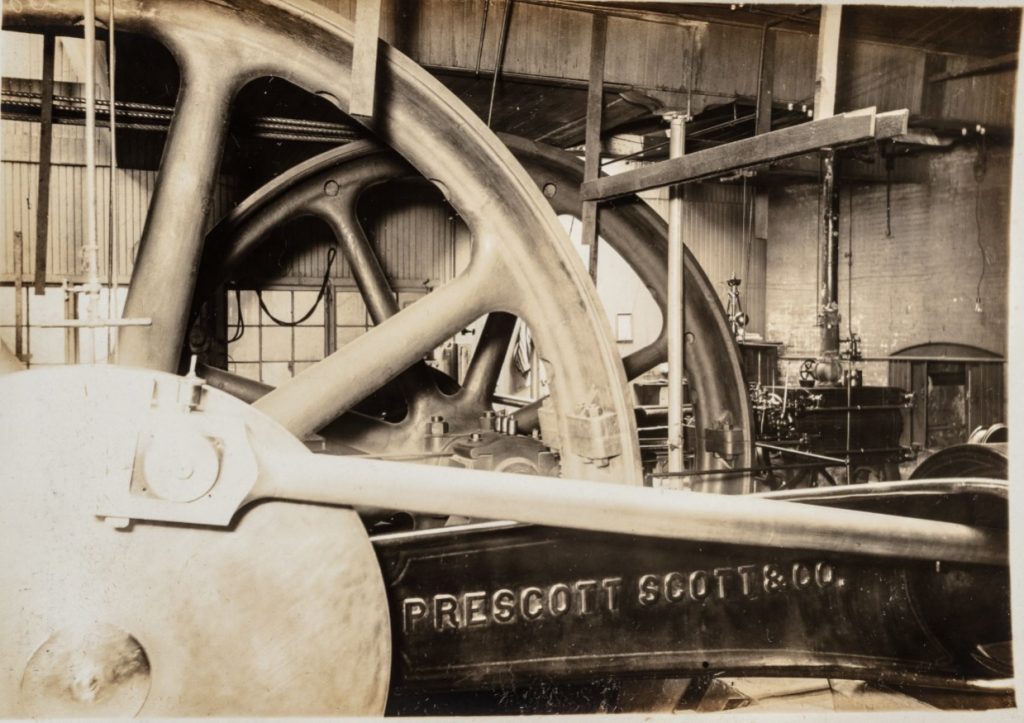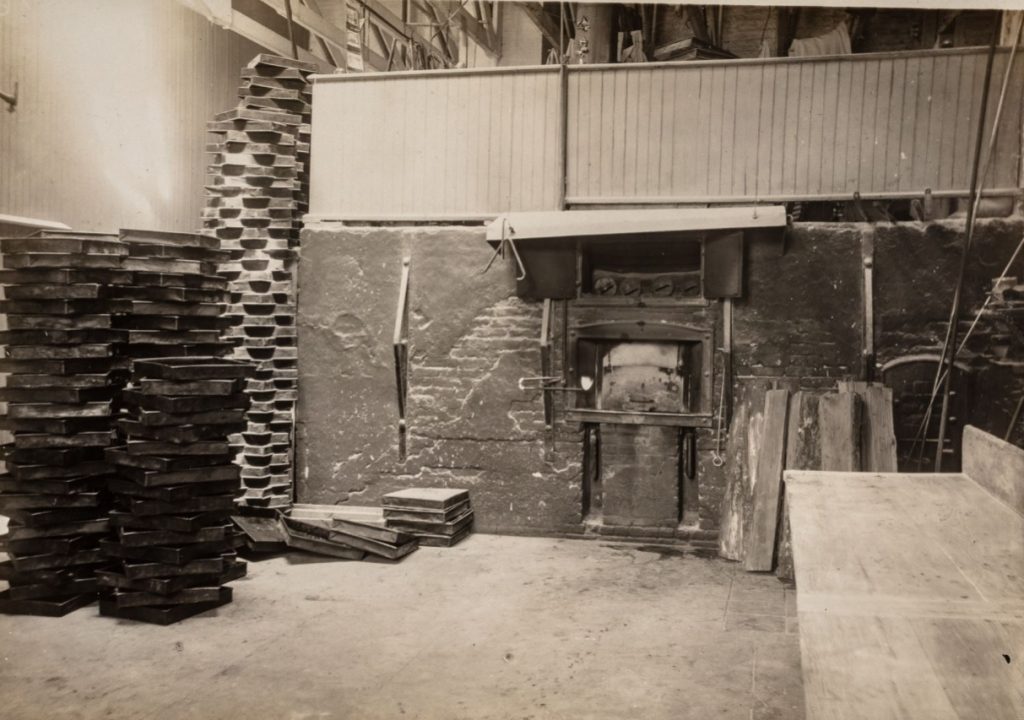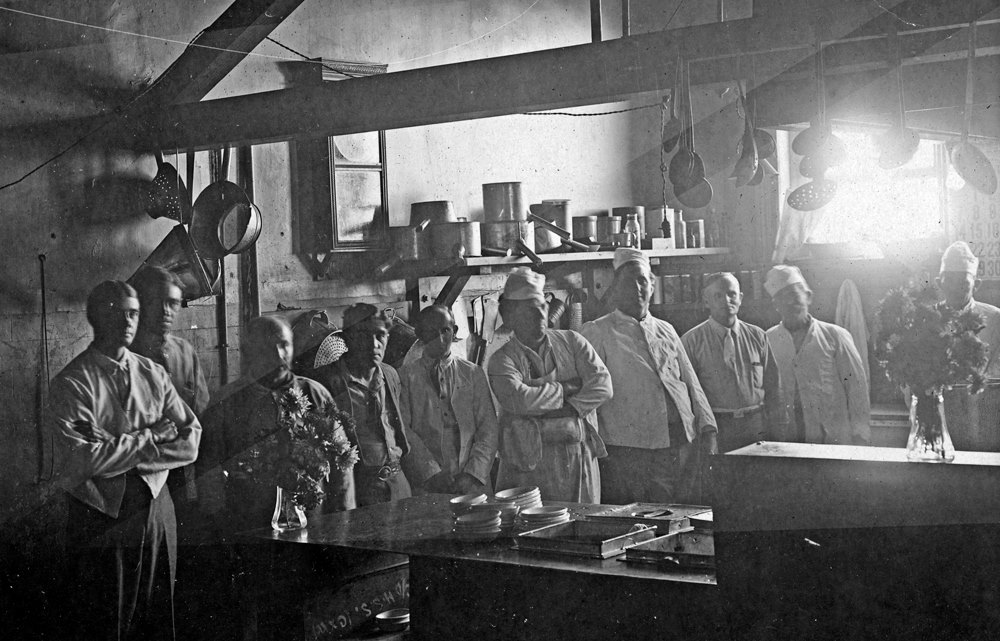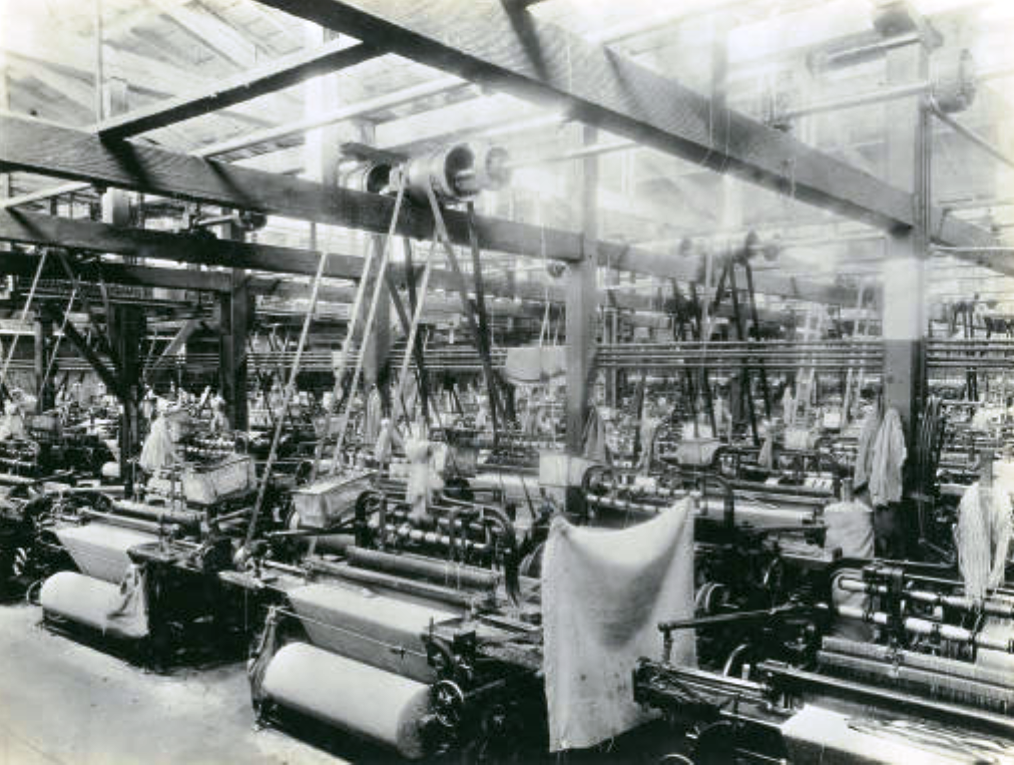(Editor’s note: Former Correctional Officer William Conroy, who worked at San Quentin State Prison from 1903 to 1907, wrote this piece regarding prison jobs. The story was published in the Santa Cruz Evening News, Dec. 19, 1911, and gives a glimpse into life at the prison in the early 1900s. This was the second story of a short series Conroy wrote for the newspaper. At the time it was published, Conroy worked for the Santa Cruz Fire Department. He was also a deputy sheriff. Inside CDCR will publish his series, as originally written.)
By William Conroy, former correctional officer
San Quentin State Prison
It may be of interest to you as a taxpayer to this state to know something of the employment of the prisoners, at least at the time I was employed there. (Starting with) the jute mill, there are employed between 800 and 900 prisoners under the supervision of 21 guards. The jute from which the sacks are manufactured comes from Calcutta in a raw state in bales of 500 pounds each. (It) is manufactured into sacks from start to finish exclusively by convict labor. An average day’s output of sacks is in the neighborhood of 16,000, (all) accomplished by the task system.
His day’s work


A prisoner has a certain amount of work to complete his “task” and then his day’s work is done. For instance, a spinner has to take off 17 sets of 62 spools to complete his task. It takes about 20 minutes to run one set, providing the jute is good and gives the spinner no trouble. Otherwise it takes him longer.
(In some) cases the spinner would work hard all day (but not finish) if the jute (malfunctioned). A loom tender is supposed to weave 100 yards of cloth per day. This is not a hard task to do. Many loom tenders weaved out their (day’s) task, (then weaved extra for the next day. (In this way, they fulfilled) their weekly task in four days. In such cases, the prisoner has the balance of the week at his own discretion.
If I am not mistaken, the state aims to make one cent apiece on the jute bags to partly defray the expense of the manufacture. The general market prices of grain bags fluctuate according to the prices the state has to pay for the jute.
His punishment

If a prisoner fails to do his task intentionally, he is punished for it. It is the guard’s duty to bring his before the captain of the yard, who sentences him at his pleasure.
(Punishment options):
- dungeon or the straight jacket with a number of days on a diet of bread and water
- or he may give him a lecture for his first offense and send him back to try it over.
All the prisoners are allowed the privilege of talking to one another while at work. Lots of people are under the impression that convicts are not allowed to speak to one another at all. There is only one class of prisoners who are not allowed to converse and they are the incorrigibles. (They) are denied all the privileges of the prison.
What they do

Now getting back to employment, there are a large number of the prisoners working outside the walls of the prison. For instance, there are about 25 gardeners who raise some of the vegetables used at the prison. (They also) take care of the prison flower garden which surrounds the warden’s house.
Then there is the road gang who make and repair the roads inside the prison grounds and also on the county roads outside.
There are about 30 to 40 cooks for the guards’ and officers’ mess (in addition to) waiters. (Then there are also) cooks to the 30 to 35 families of the guards and officials inside the prison grounds.
There is also a large gang working on the construction of the new cell buildings now nearing completion.
Then there are tailors who make all the clothing for prisoners from the raw goods from the Oregon Woolen mills.
In the prison shoe factory, the shoes for the prisoners are also built from the heels up by prison labor. At the time I was employed at the prison, the average consumption of shoes was eight pair per day.
Many are employed at the prison laundry, (washing laundry for) prisoners, free (staff) and guards’ and officers’ families.
At the bakery all the bread is baked that is consumed by convicts and free men. (So) they both eat the same bread, baked in the same oven and made from the same flour.
Then there is the prison kitchen which is very neat and clean. Most of the food in the prison is cooked by steam instead of fire.
Work for boys
(When all the jobs) have been filled, there are not many prisoners left unoccupied.
(Younger incarcerated) are in charge of the garden inside the walls when not in (required) school. When I was at the prison, the teacher of the school was a convict.
The aged prisoners who are unable to do anything, cell together in one big room known as “B room.” They have nothing to do but stroll about the yard, read, play checkers and amuse themselves.
Every conceivable variety of work done at San Quentin is done by prisoners. (Since) they are mostly masters of every imaginable trade, (they handle) carpentry, plumbing, brick, machine (repair) and blacksmithing.
Learn more about California prison history.
Follow CDCR on YouTube, Facebook, X (formerly Twitter). Listen to the CDCR Unlocked podcast.
